
As YouTube has risen over the past 20 years to the streaming giant it is today, the platform has changed the way people watch TV.

As YouTube has risen over the past 20 years to the streaming giant it is today, the platform has changed the way people watch TV.
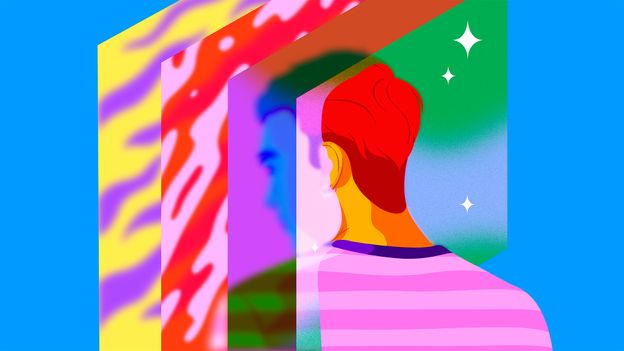
There's a secret side of YouTube, just beyond the guiding hand of the algorithm – and it’s nothing like what you know.

At 20, YouTube is a multibillion-dollar streamer that powers thousands of creator businesses and has become a force media companies can't ignore.

YouTube is gaining share of viewership on TVs, and legacy media doesn't have a uniform strategy to deal with the threat.

We reproduce the GPT-2 (124M) from scratch. This video covers the whole process: First we build the GPT-2 network, then we optimize its training to be really fast, then we set up the training run following the GPT-2 and GPT-3 paper and their hyperparameters, then we hit run, and come back the next morning to see our results, and enjoy some amusing model generations. Keep in mind that in some places this video builds on the knowledge from earlier videos in the Zero to Hero Playlist (see my channel). You could also see this video as building my nanoGPT repo, which by the end is about 90% similar. Links: - build-nanogpt GitHub repo, with all the changes in this video as individual commits: https://github.com/karpathy/build-nanogpt - nanoGPT repo: https://github.com/karpathy/nanoGPT - llm.c repo: https://github.com/karpathy/llm.c - my website: https://karpathy.ai - my twitter: https://twitter.com/karpathy - our Discord channel: https://discord.gg/3zy8kqD9Cp Supplementary links: - Attention is All You Need paper: https://arxiv.org/abs/1706.03762 - OpenAI GPT-3 paper: https://arxiv.org/abs/2005.14165 - OpenAI GPT-2 paper: https://d4mucfpksywv.cloudfront.net/better-language-models/language_models_are_unsupervised_multitask_learners.pdf- The GPU I'm training the model on is from Lambda GPU Cloud, I think the best and easiest way to spin up an on-demand GPU instance in the cloud that you can ssh to: https://lambdalabs.com Chapters: 00:00:00 intro: Let’s reproduce GPT-2 (124M) 00:03:39 exploring the GPT-2 (124M) OpenAI checkpoint 00:13:47 SECTION 1: implementing the GPT-2 nn.Module 00:28:08 loading the huggingface/GPT-2 parameters 00:31:00 implementing the forward pass to get logits 00:33:31 sampling init, prefix tokens, tokenization 00:37:02 sampling loop 00:41:47 sample, auto-detect the device 00:45:50 let’s train: data batches (B,T) → logits (B,T,C) 00:52:53 cross entropy loss 00:56:42 optimization loop: overfit a single batch 01:02:00 data loader lite 01:06:14 parameter sharing wte and lm_head 01:13:47 model initialization: std 0.02, residual init 01:22:18 SECTION 2: Let’s make it fast. GPUs, mixed precision, 1000ms 01:28:14 Tensor Cores, timing the code, TF32 precision, 333ms 01:39:38 float16, gradient scalers, bfloat16, 300ms 01:48:15 torch.compile, Python overhead, kernel fusion, 130ms 02:00:18 flash attention, 96ms 02:06:54 nice/ugly numbers. vocab size 50257 → 50304, 93ms 02:14:55 SECTION 3: hyperpamaters, AdamW, gradient clipping 02:21:06 learning rate scheduler: warmup + cosine decay 02:26:21 batch size schedule, weight decay, FusedAdamW, 90ms 02:34:09 gradient accumulation 02:46:52 distributed data parallel (DDP) 03:10:21 datasets used in GPT-2, GPT-3, FineWeb (EDU) 03:23:10 validation data split, validation loss, sampling revive 03:28:23 evaluation: HellaSwag, starting the run 03:43:05 SECTION 4: results in the morning! GPT-2, GPT-3 repro 03:56:21 shoutout to llm.c, equivalent but faster code in raw C/CUDA 03:59:39 summary, phew, build-nanogpt github repo Corrections: I will post all errata and followups to the build-nanogpt GitHub repo (link above) SuperThanks: I experimentally enabled them on my channel yesterday. Totally optional and only use if rich. All revenue goes to to supporting my work in AI + Education.

We build a Generatively Pretrained Transformer (GPT), following the paper "Attention is All You Need" and OpenAI's GPT-2 / GPT-3. We talk about connections to ChatGPT, which has taken the world by storm. We watch GitHub Copilot, itself a GPT, help us write a GPT (meta :D!) . I recommend people watch the earlier makemore videos to get comfortable with the autoregressive language modeling framework and basics of tensors and PyTorch nn, which we take for granted in this video. Links: - Google colab for the video: https://colab.research.google.com/drive/1JMLa53HDuA-i7ZBmqV7ZnA3c_fvtXnx-?usp=sharing - GitHub repo for the video: https://github.com/karpathy/ng-video-lecture - Playlist of the whole Zero to Hero series so far: https://www.youtube.com/watch?v=VMj-3S1tku0&list=PLAqhIrjkxbuWI23v9cThsA9GvCAUhRvKZ - nanoGPT repo: https://github.com/karpathy/nanoGPT - my website: https://karpathy.ai - my twitter: https://twitter.com/karpathy - our Discord channel: https://discord.gg/3zy8kqD9Cp Supplementary links: - Attention is All You Need paper: https://arxiv.org/abs/1706.03762 - OpenAI GPT-3 paper: https://arxiv.org/abs/2005.14165 - OpenAI ChatGPT blog post: https://openai.com/blog/chatgpt/ - The GPU I'm training the model on is from Lambda GPU Cloud, I think the best and easiest way to spin up an on-demand GPU instance in the cloud that you can ssh to: https://lambdalabs.com . If you prefer to work in notebooks, I think the easiest path today is Google Colab. Suggested exercises: - EX1: The n-dimensional tensor mastery challenge: Combine the `Head` and `MultiHeadAttention` into one class that processes all the heads in parallel, treating the heads as another batch dimension (answer is in nanoGPT). - EX2: Train the GPT on your own dataset of choice! What other data could be fun to blabber on about? (A fun advanced suggestion if you like: train a GPT to do addition of two numbers, i.e. a+b=c. You may find it helpful to predict the digits of c in reverse order, as the typical addition algorithm (that you're hoping it learns) would proceed right to left too. You may want to modify the data loader to simply serve random problems and skip the generation of train.bin, val.bin. You may want to mask out the loss at the input positions of a+b that just specify the problem using y=-1 in the targets (see CrossEntropyLoss ignore_index). Does your Transformer learn to add? Once you have this, swole doge project: build a calculator clone in GPT, for all of +-*/. Not an easy problem. You may need Chain of Thought traces.) - EX3: Find a dataset that is very large, so large that you can't see a gap between train and val loss. Pretrain the transformer on this data, then initialize with that model and finetune it on tiny shakespeare with a smaller number of steps and lower learning rate. Can you obtain a lower validation loss by the use of pretraining? - EX4: Read some transformer papers and implement one additional feature or change that people seem to use. Does it improve the performance of your GPT? Chapters: 00:00:00 intro: ChatGPT, Transformers, nanoGPT, Shakespeare baseline language modeling, code setup 00:07:52 reading and exploring the data 00:09:28 tokenization, train/val split 00:14:27 data loader: batches of chunks of data 00:22:11 simplest baseline: bigram language model, loss, generation 00:34:53 training the bigram model 00:38:00 port our code to a script Building the "self-attention" 00:42:13 version 1: averaging past context with for loops, the weakest form of aggregation 00:47:11 the trick in self-attention: matrix multiply as weighted aggregation 00:51:54 version 2: using matrix multiply 00:54:42 version 3: adding softmax 00:58:26 minor code cleanup 01:00:18 positional encoding 01:02:00 THE CRUX OF THE VIDEO: version 4: self-attention 01:11:38 note 1: attention as communication 01:12:46 note 2: attention has no notion of space, operates over sets 01:13:40 note 3: there is no communication across batch dimension 01:14:14 note 4: encoder blocks vs. decoder blocks 01:15:39 note 5: attention vs. self-attention vs. cross-attention 01:16:56 note 6: "scaled" self-attention. why divide by sqrt(head_size) Building the Transformer 01:19:11 inserting a single self-attention block to our network 01:21:59 multi-headed self-attention 01:24:25 feedforward layers of transformer block 01:26:48 residual connections 01:32:51 layernorm (and its relationship to our previous batchnorm) 01:37:49 scaling up the model! creating a few variables. adding dropout Notes on Transformer 01:42:39 encoder vs. decoder vs. both (?) Transformers 01:46:22 super quick walkthrough of nanoGPT, batched multi-headed self-attention 01:48:53 back to ChatGPT, GPT-3, pretraining vs. finetuning, RLHF 01:54:32 conclusions Corrections: 00:57:00 Oops "tokens from the _future_ cannot communicate", not "past". Sorry! :) 01:20:05 Oops I should be using the head_size for the normalization, not C
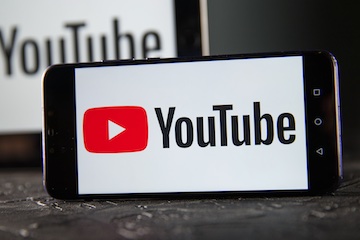
Google Ads offers seven YouTube campaign subtypes, ranging from reaching users while browsing to driving conversions.

Adam Sandler performs "Lunch Lady Land," a song about the lunch lady (Chris Farley) and how the angry food revolted against her, until Sloppy Joe (Kevin Nealon) saved the day. [Season 19, 1994] #SNL Subscribe to SNL: https://goo.gl/tUsXwM Get more SNL: http://www.nbc.com/saturday-night-live Full Episodes: http://www.nbc.com/saturday-night-liv... Like SNL: https://www.facebook.com/snl Follow SNL: https://twitter.com/nbcsnl SNL Tumblr: http://nbcsnl.tumblr.com/ SNL Instagram: http://instagram.com/nbcsnl SNL Pinterest: http://www.pinterest.com/nbcsnl/

Jia Jiang adventures boldly into a territory so many of us fear: rejection. By seeking out rejection for 100 days -- from asking a stranger to borrow $100 to requesting a "burger refill" at a restaurant -- Jiang desensitized himself to the pain and shame that rejection often brings and, in the process, discovered that simply asking for what you want can open up possibilities where you expect to find dead ends. TEDTalks is a daily video podcast of the best talks and performances from the TED Conference, where the world's leading thinkers and doers give the talk of their lives in 18 minutes (or less). Look for talks on Technology, Entertainment and Design -- plus science, business, global issues, the arts and much more. Find closed captions and translated subtitles in many languages at http://www.ted.com/translate Follow TED news on Twitter: http://www.twitter.com/tednews Like TED on Facebook: https://www.facebook.com/TED Subscribe to our channel: http://www.youtube.com/user/TEDtalksDirector
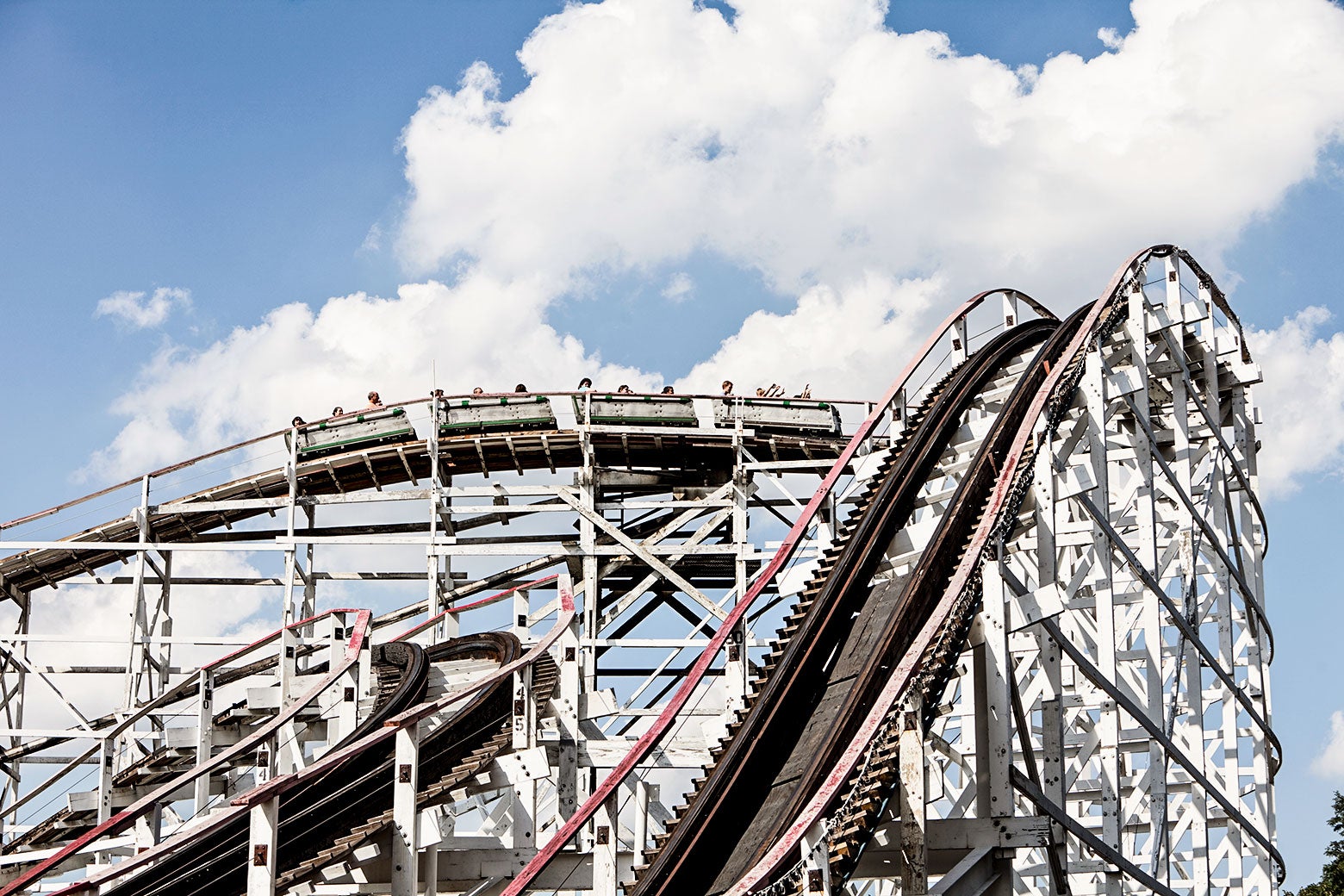
The only thing more fun than the rides themselves is this guy’s staggering analysis of them.
I developed the script to convert the Spotify playlist to YouTube playlist. I am here to share how I...
/cdn.vox-cdn.com/uploads/chorus_asset/file/23986639/acastro_STK092_03.jpg)
You can choose artists, variability, moods, and more.
/cdn.vox-cdn.com/assets/3091121/nfl-logo-stock1_2040.jpg)
YouTube chief product officer Neal Mohan tells us the steaming giant is making a big bet on TVs, where it’s seeing the fastest growth.
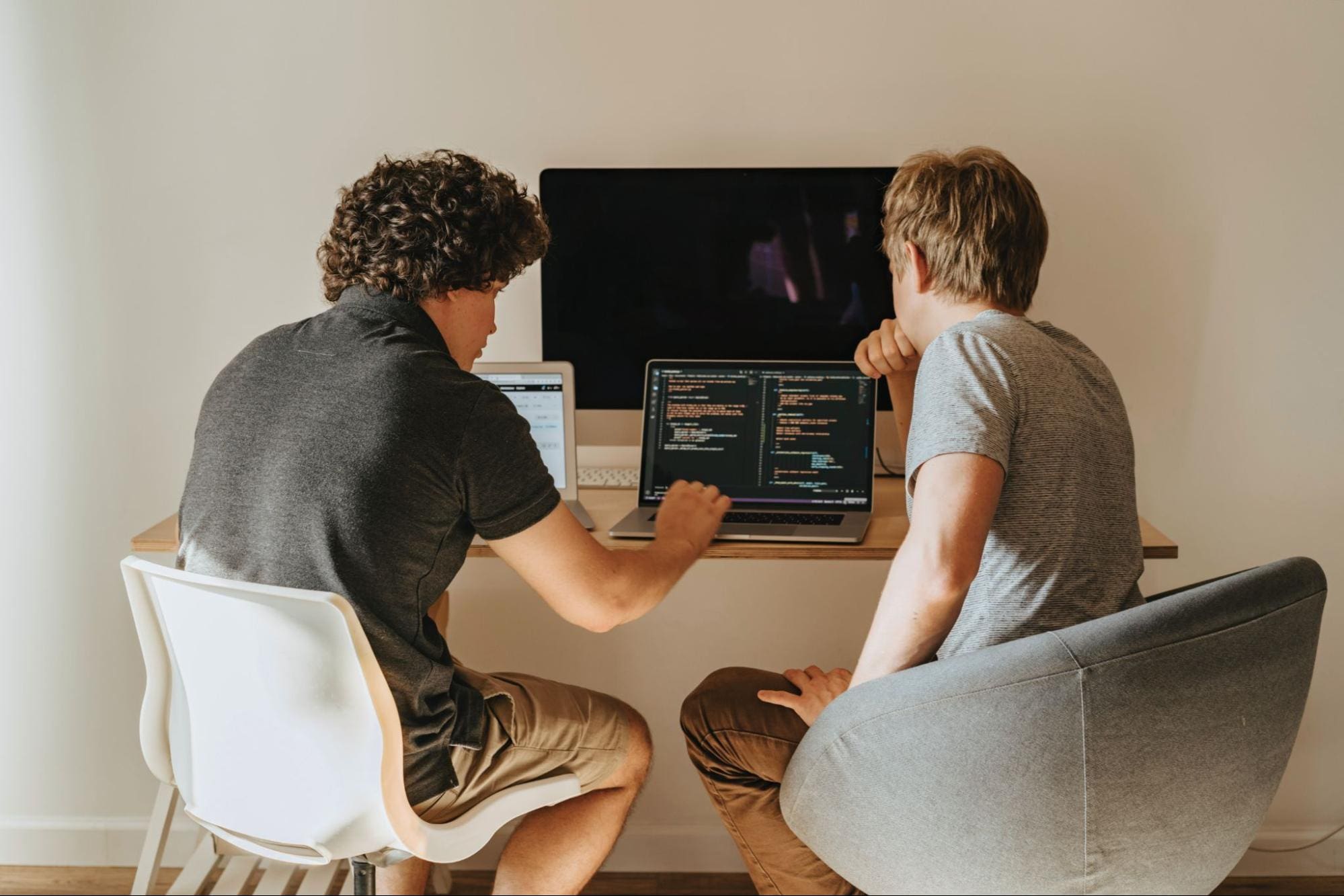
The post highlights three useful applications of using python to automate simple desktop tasks. Stay tuned till the end of the post to find the reference for a bonus resource.
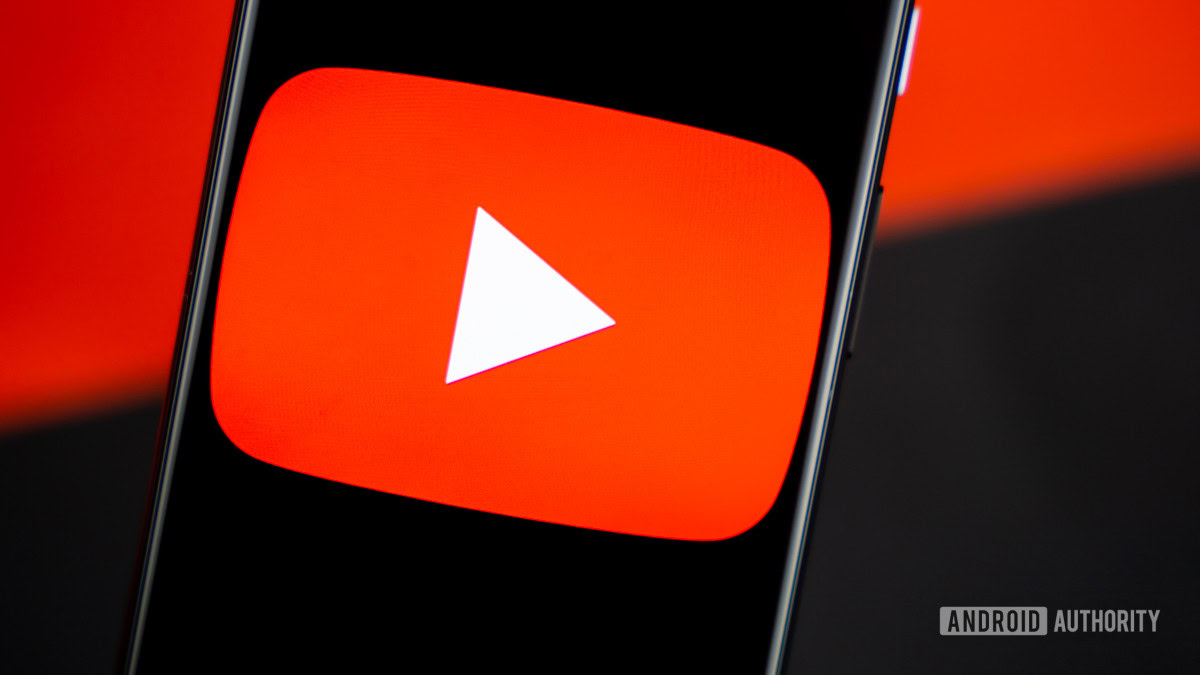
Do you think YouTube Premium subscription pop-ups and the platform's burgeoning number of ads are in bad taste? You're not alone.
🐍🔥 — Mike Driscoll (@driscollis)